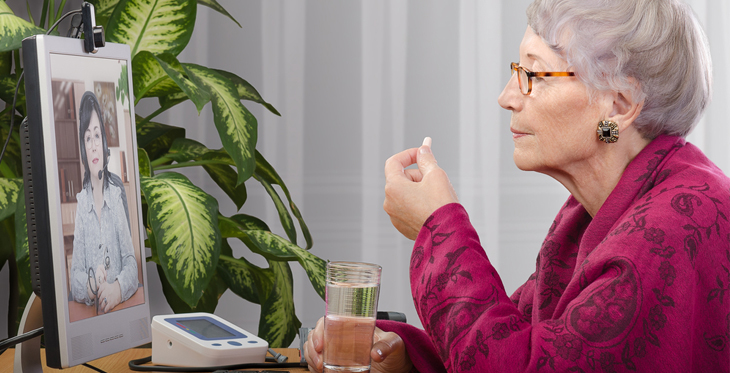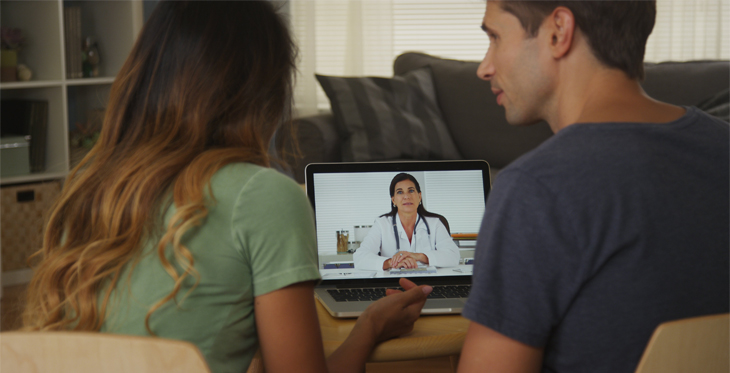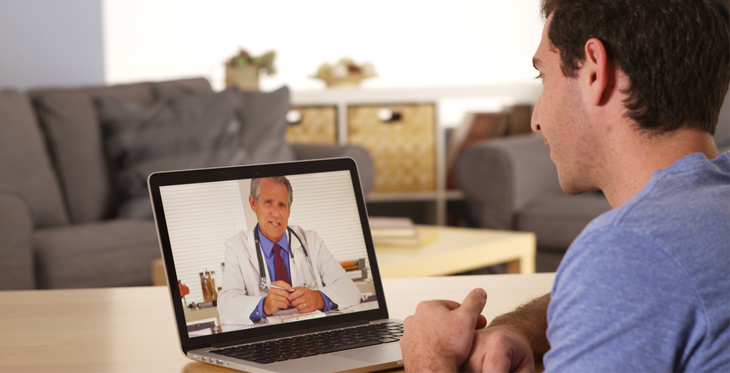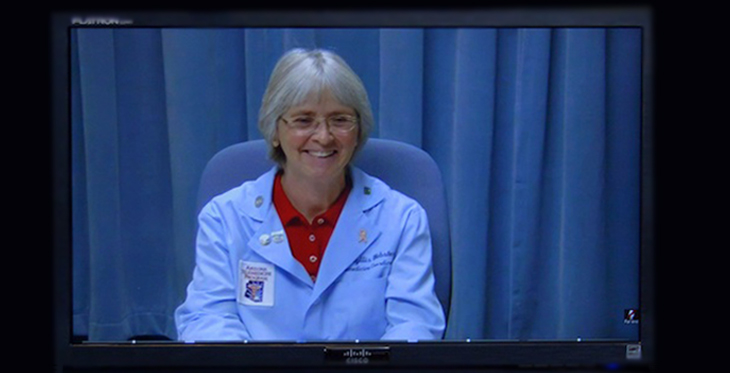“Telemedicine doesn’t work!” That’s what I heard a few years ago from two angry friends who knew I worked in the field of telebehavioral health.
It turned out that the husband had had symptoms that led the ED staff at their local hospital to think he might be having a stroke. That hospital had a telestroke service, which was used to determine whether he had had an ischemic stroke and needed the clot-busting drug tPA to save his life.




